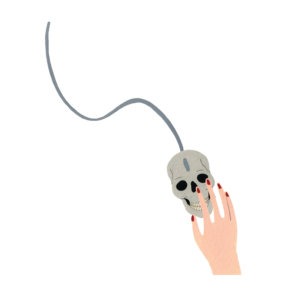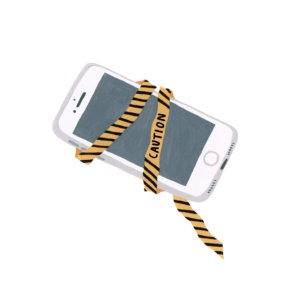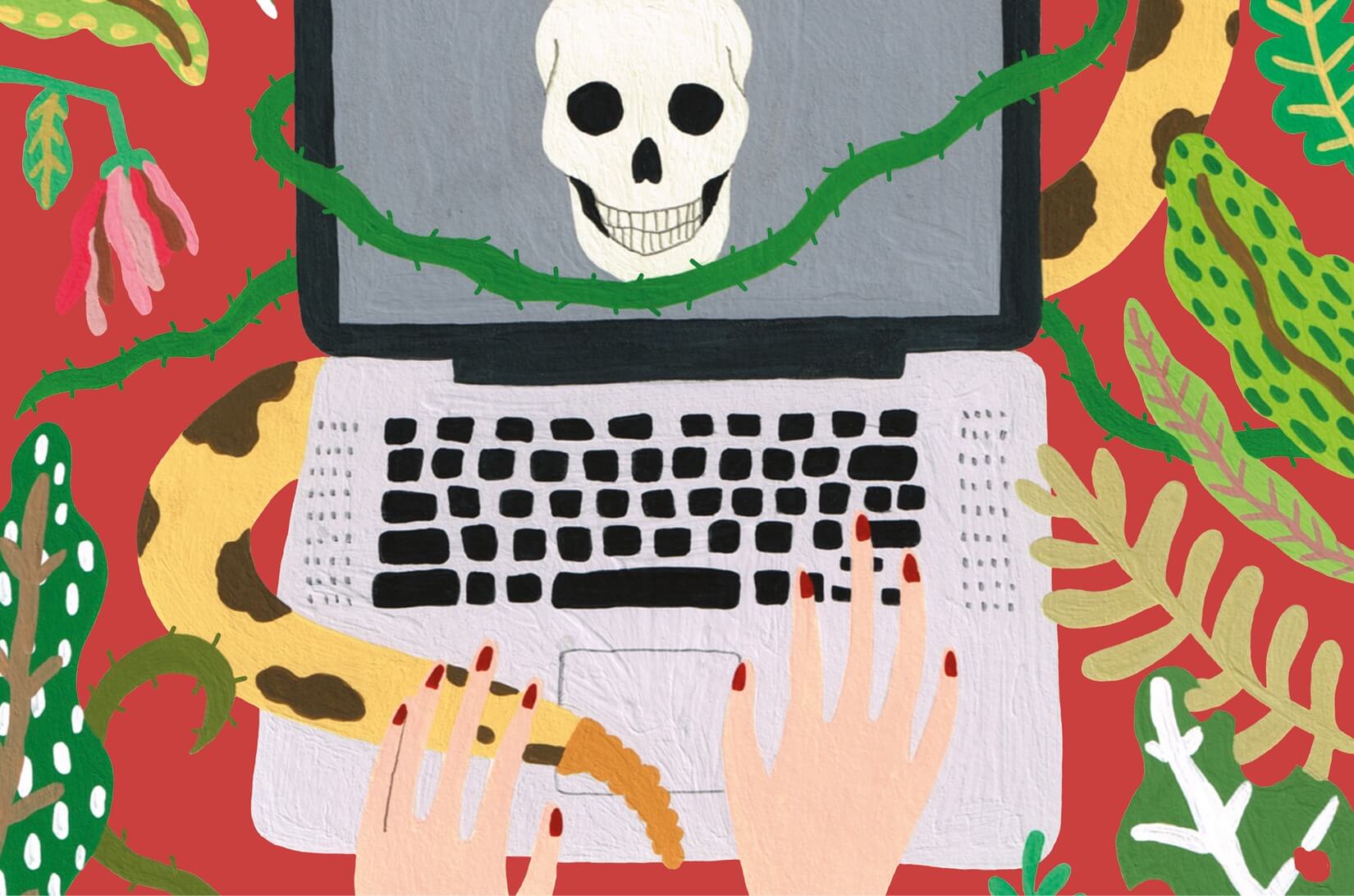What can you do if you’re threatened online?
Picture the scene: you happily post a new photo of yourself on Instagram only to find a few hours later that someone has made mean and hurtful comments and shared it. They’ve edited it with weird filters, added cruel words or emojis, or turned it into a meme, and reposted it. Hundreds of their followers that you don’t know have laughed and liked it.
Imagine the hurt, the embarrassment and the humiliation. Sadly, that feeling is experienced regularly (by people of all ages) and is just one kind of cyberbullying that leaves many feeling depressed, scared and isolated.
Bullying has been around forever but cyberbullying is new. Before everyone had phones and the internet, teenagers who were bullied at school could leave their tormentors behind at the end of the day.
Cyberbullying can follow you home and continue even when you’re alone in your bedroom. Shockingly, children’s charity the NSPCC says it has recorded an 88 per cent increase in calls about cyberbullying in the past five years – and usually it is a continuation of either physical or
face-to-face emotional bullying.
One 13-year-old girl told the Childline helpline: ‘Every day I wake up scared to go to school, scared about the comments people will make and scared about walking home. Then I get in and log onto my social networking site and there are horrible messages everywhere. It’s like there’s no escaping the bullies. I’m struggling to cope with how upset I feel so sometimes I cut myself just to have a release but it’s not enough. I can’t go on like this.’ So what can you do if you are a victim of cyberbullying? And what should you do if you suspect someone is being a bully? Read on to find out.
What counts as cyberbullying?
 Cyberbullying is any kind of bullying that takes place online or through phones or tablets. Places such as Facebook, YouTube, Instagram and Snapchat are supposed to be safe, fun places to be but sadly some people choose to go on there to threaten, harass, embarrass or upset another person. Sometimes it’s anonymous or done using fake profiles, which makes it even scarier. Often, the cyberbully will excuse their behaviour as ‘banter’ – but it is never a joke if the other person is upset. Other examples of cyberbullying include:
Cyberbullying is any kind of bullying that takes place online or through phones or tablets. Places such as Facebook, YouTube, Instagram and Snapchat are supposed to be safe, fun places to be but sadly some people choose to go on there to threaten, harass, embarrass or upset another person. Sometimes it’s anonymous or done using fake profiles, which makes it even scarier. Often, the cyberbully will excuse their behaviour as ‘banter’ – but it is never a joke if the other person is upset. Other examples of cyberbullying include:
- Sending or posting threatening, abusive messages and comments.
- Stealing passwords and posing as the victim. Sometimes, bullies trick people into revealing information and then post it on other sites or share it.
- Creating websites, profiles or blogs either posing as the target or making hateful or cruel untrue comments about them.
- Posting photos or videos of the target online and ridiculing them.
What can you do if you are being cyberbullied?
- Tell someone. Like face-to-face bullying, cyberbullying can make you feel low, anxious and helpless. Too often, people are scared to open up about what’s going on for fear it will make it worse but it important to let someone know. No one has the right to bully you – you have the right to feel safe online and people can help you stop the bullying. Tell a parent or a trusted adult, perhaps a teacher or school support worker. Trained counsellors are available 24/7 at Childline on 0800 1111 and you can email them or a have a one-to-one chat online at childline.org.uk.
- Try to save or take a screenshot of all the messages if you can so the adults helping you can ensure the bully is dealt with properly. It may be that the police get involved and they will need evidence.
- Try to report harassing comments and fake profiles on whatever social media platform you use. There are always ways to report content.
How can you stop it happening to you?
 You have a right to feel safe on social media, while using your phones and visiting websites but sadly, there will always be bullies out there. You can, however, protect yourself in some ways.
You have a right to feel safe on social media, while using your phones and visiting websites but sadly, there will always be bullies out there. You can, however, protect yourself in some ways.
One key piece of advice is – think before you post! You probably hear this a lot but it’s true. Don’t share passwords, photos or information you wouldn’t want your Gran or teachers to see or know online, not even with friends. This doesn’t mean you can’t post photos, just always be careful who you share with and consider who is on your friends list too. Is there anyone who might be inclined to re-post or share your information or picture in a way that might be hurtful?
Also, look into the privacy controls on the websites or messaging programs you use – you can control who sees your profile and who can contact you.
What can you do if you think you know cyberbullying is going on?
- Report it. You can pass on any harassment you see to the social media site but you can also tell a trusted adult about what is going on.
- Help the person being bullied. Send them a private message and tell them you don’t agree with what is happening. If you are brave and it is safe to do so, post a positive comment publicly to the target.
How can you ensure you aren’t accused of being a cyberbully?
When you make comments about someone else, imagine how you’d feel if someone said that about you. Often people make offensive comments online without meaning to be hurtful, but ‘banter’ can be misinterpreted or easily turned into something more serious. Don’t participate, like or share posts that bully another person.
If you think you are or have been a cyberbully… stop. Your actions are hurting someone. If you post abuse about anyone online or if you send threats, you can be traced by the police and could be guilty of a criminal offence.
Often, there is a reason in someone’s past that pushes them towards becoming a bully. If you think this is you, you can change. Tell an adult and ask for their help.
- Illustrations: Fern Choonet
- Words: Donna Findlay
- Article originally from issue 2 of Teen Breathe – order a print copy here or buy a digital issue here
You might also like:
Save
Save
Save
Save
Save

